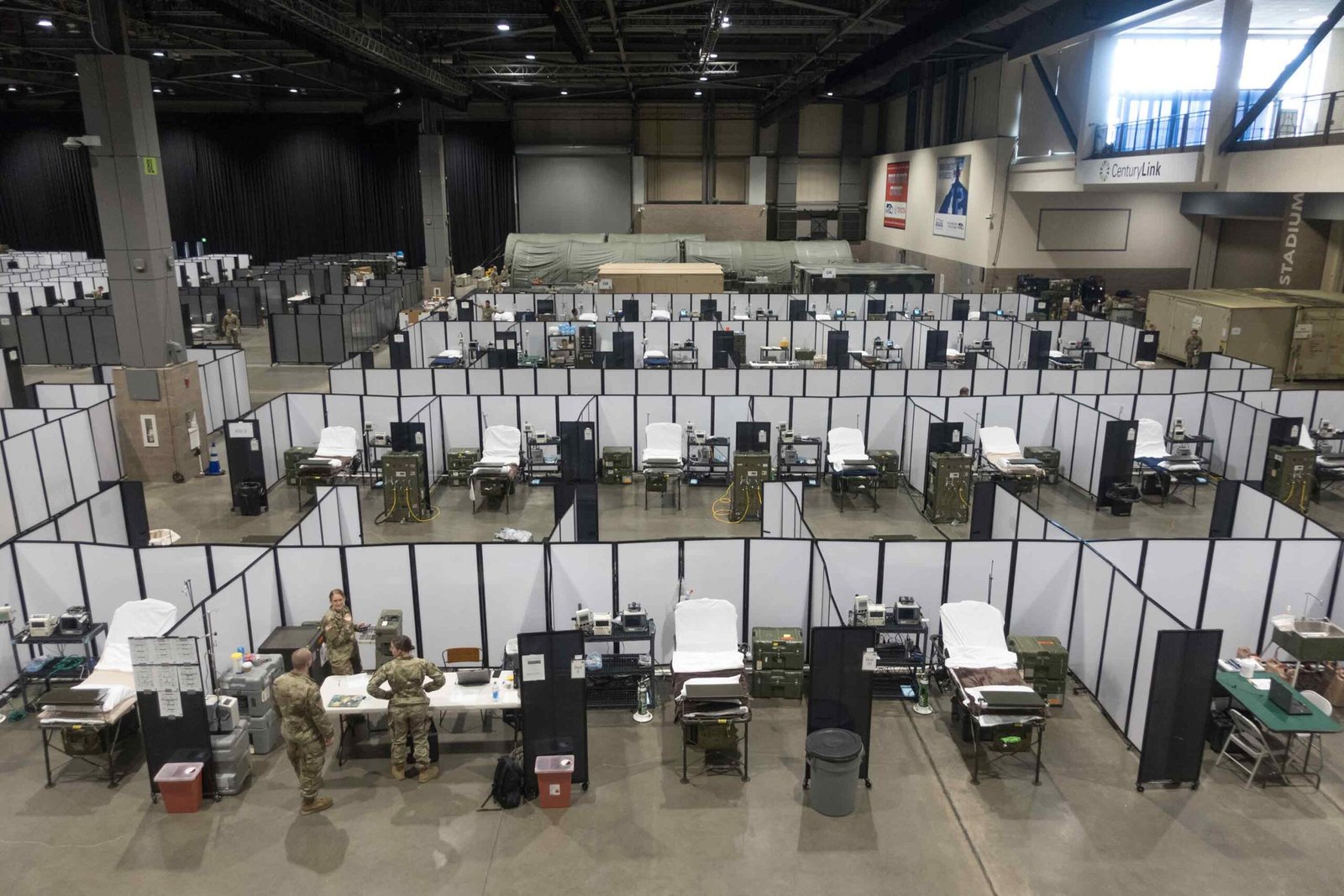Covid19 brought a lot of stress on the existing resources and stripped away from all of us the conventional lifestyle. It put forth huge stress on the existing resources, economy, infrastructure, and healthcare facility. In this crisis, it is the abandoned and unused buildings that have come to the rescue. This kind of move is actually the first of its kind, where the unused structures and spaces have been brought to use in an emergency situation. The nature of this pandemic is such that social distancing is vital. Treatment infrastructure is hence required to be huge spaces for people to be admitted and treated and at the same time to maintain distancing.
Countries battling with Covid19 have left no stone unturned. Every possible option has been explored to battle the virus. One of these moves is the timely adaptation of abandoned structures into Covid19 treatment facilities. Now the question is how is done at who has been successful in this timely adaptation. Here are some instances.

Instances of timely adaptation
Yes, Mumbai has been successful in this mart view. A 22 storied vacant SRA scheme building by the name MP Mills compound has been converted into a COVID 19 facility by BMC. It is known that the building has 70 units of 1BHK configuration and they have been converted into COVID 19 treatment units with an overall 350-bed facility. Detailed articles on this revealed that the first floor is dedicated to ancillary spaces like the doctor’s cabin and other services. The units from the second floor until the 19th have been converted into treatment units.
Another instance is again from India. The state government of Telangana has too has resorted to the timely adaptation of abandoned structures. An unused sports facility in Hyderabad’s Gachibowli area has been converted into a 1500 bed COVID19 facility.
How is this going to Influence Architecture?
Well none of us had ever anticipated a pandemic like this. The current scenario has led us on a new path of profound thoughts and new perceptions. Therefore, architecture is now going to change in some aspects. As these facilities have proved to be quiet successful, now the focus will shift of architecture of retrofitting and adaptations. Not as a whole, but as a part focus would now be shifted from form to function more.
Commercial buildings are quite easy to convert. Architecture would now be focused on how to adapt to and convert spaces internally with much fewer implications on the structure. Commercial buildings have a set core and wet areas and other services fixated. It is the interior spaces that the planner needs to play with and reassemble. Hence, Interior planning will gain more traction.
The facility at Mumbai is known to be developed in association with designers form a particular university. Also, economical materials like corrugated cardboard have been used on a large scale to produce makeshift beds. As arranging beds on such a huge number would have been another task. Hence such moves will introduce us to unconventional methods of construction, planning. This will, in turn, make us ready for future challenges. As designers, such briefs make us think, and then come up with solutions that hit the bull eye. There fore, such challenges will also be a way to improves one’s design acumen.

We will also save a lot.
A lot and a lot actually! With such timely adaptations, we have saved on the money, time as well as resources. Making an entirely new facility would take not only time but also increase the risk. It would also put stress on the economy. But this move come s as a saviour as the spaces that were once abandoned have been put to use. Materials that once piled up in waste bins have been used. Did you know in India itself 7.5 % of buildings constructed still lie abandoned? Isn’t it an idea to make good use of it when the crisis is banging on our doors?
And we will save the environment as well.
Yes, new construction that too on a mass scale would be an environmental hazard. Moreover, the resources spent in construction on buildings that remain unused today also add to the wastage of resources, which in turn is again hazardous for the environment. Therefore, this one smart move is going to helps us save a lot and be strong to fight the battle.

